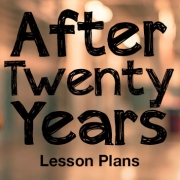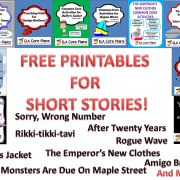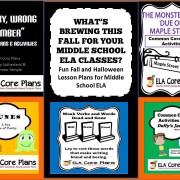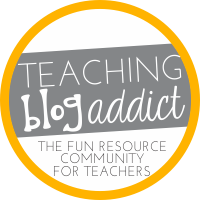After Twenty Years Lesson Plans
This year, I tried something different with my After Twenty Years lesson plans. I began with the following essential question: What makes someone a good friend? After asking this question, the discussion in the class took off, as you can imagine with all of the drama surrounding middle school friendships.
Next, I asked the students to read only the first paragraph of the story and then stop. I wanted to see if they were reading close enough to get a picture in their heads of what was happening. To make sure, I gave them a close read guidance worksheet, one that asks the questions that the students should be be asking in their own heads. It includes questions like, what does “depeopled the streets” mean and what does it mean that the officer walked “impressively”? Adding this close read activity into my After Twenty Years lesson plans has made a huge difference. It seems that they actually realize what they are missing if they simply read the paragraph without stopping to figure things out.
Once we have a discussion to make sure students understand what is happening in the first paragraph, I let the students read the rest of the story independently, encouraging them to do a close read by underlining and annotating by writing in the margins, etc. When students finish, I ask them to simply write down what happens in the end in one or two sentences and then turn it in. This allows me to see which ones “got it”.
The next step in my After Twenty Years lesson plans is to allow students to read the story readers’ theater style in groups. I actually typed up the story with different parts: narrator, Jimmy, Bob, etc. In groups, students assign parts and read the skit. They love this! It does not take a lot of time, as the story is pretty short. Once they are done, they discuss what happened.
Finally, I allow students to rewrite the skit, modernizing it. For example, Jimmy could send his old friend a text. Once skits are complete, I allow them to perform them for each other. We discuss O.Henry’s style of having a surprise ending, and then I follow up by letting students read “Hearts and Hands” by. O. Henry.
Click here to download our close reading guidance sheet for the first paragraph of the story.
Click here if you would like to download our entire teaching unit for “After Twenty Years”. With this unit, you will have a prereading activity, a vocabulary preview sheet, an activity to teach theme, the readers’ theater script, and two performance task activities. In addition, you will also receive the story “Hearts and Hands” along with activities and handouts to teach that story too!
Happy Teaching!
Shannon






